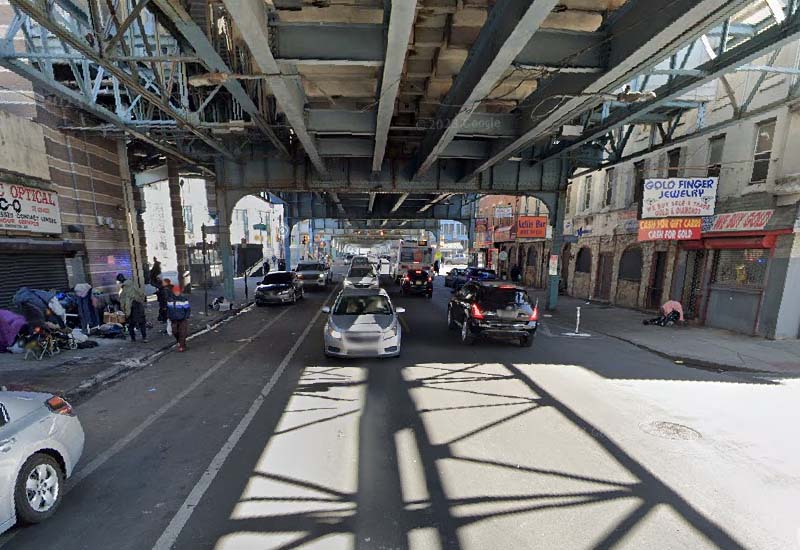The drug crisis in Kensington, Philadelphia, is a story that has gained both national and international attention. The neighborhood is gripped by a severe drug epidemic, with xylazine — a veterinary tranquilizer known as the zombie drug or tranq — emerging as a particularly dangerous substance.
Recent reports from Fox News paint a bleak picture:
“Dozens of drug users were passed out along the sidewalks of Kensington Avenue on a gloomy August afternoon. Others stumbled through incoming traffic in the open-air drug market that’s ravaged one neighborhood in the City of Brotherly Love. Kensington has gained international infamy for its excessive public drug consumption…some users were spotted wandering around in a stupor through a busy road.”
The widespread use of xylazine has led to horrifying scenes, with users displaying wounds from the drug, and many wandering in a state of confusion. According to city data, this substance was found in over 90% of drug samples tested in Philadelphia in 2021.
But what led to this dire situation? And what can be done about it?
Historical Context
As noted by Vanlife Wanderer:
“Today, the neighborhood is full of decrepit two-story rowhouses and many abandoned commercial spaces: defunct factories and vacant lots. It is known for pawn shops and check-cashing joints…History set Kensington up for a steady decline. Once it hit rock bottom, the need for an outlet brought more people in. Many now-users originally sought out street drugs due to injuries or post-surgery pains and couldn’t afford the legal medicines to soothe their pain. Then they, like Kensington, began to decline further.”
A combination of economic decline, lack of access to affordable medical care, and other social factors has driven Kensington’s descent into a hub for drug activity.
Crime Map Insights
The Kensington crime map from areavibes.com provides further context:
“The Kensington crime map provides a detailed overview of all crimes in Kensington as reported by the local law enforcement agencies…Areas on the heat map could see increased crime rates if they are located in major tourist areas like the downtown core.”
While the map helps identify crime hotspots, it also underscores that red areas on the map don’t necessarily mean danger for residents, and factors like high traffic areas or tourist locations could influence crime rates.
Possible Solutions
Addressing the drug epidemic in Kensington requires a multifaceted approach:
- Enhanced Treatment Programs: Accessible and affordable treatment for addiction must be at the forefront. This includes education, rehabilitation, and mental health support.
- Economic Revitalization: Addressing the root causes of addiction by providing economic opportunities, job training, and community development will help in long-term recovery.
- Community Policing and Law Enforcement: Working with the community to target drug dealers without criminalizing addiction will ensure a more humane approach.
- Medical Support and Access: Providing access to affordable medical care and legal alternatives for pain management can help break the cycle of addiction.
- Community Engagement: Engaging with community members, leaders, and organizations will foster trust and collaboration in solving the crisis.
The situation in Kensington is dire but not hopeless. It reflects complex social, economic, and health-related factors that have contributed to the current state. Solutions must be multifaceted, compassionate, and rooted in a deep understanding of the community’s unique challenges and needs. With concerted effort and collaboration between governments, nonprofits, healthcare providers, law enforcement, and the community, Kensington can rise from its current state into a model of recovery and revitalization
